The four methods traditionally used to sterilise baby bottles aren’t as practical in today’s world.
But bottle sterilisers are on the rise with more functional options available.
Busy schedules and time-poor parents demand these innovative machines to improve the quality of life and ensure your baby’s safety. Before, parents had to endure a lot of time spent boiling up water and steaming or microwaving sterilisers, to eliminate harmful bacteria. Whilst mostly effective, bottle-boiling methods are a hassle and wear down bottles and teats faster than usual.
Now, many parents are employing the help of a bottle steriliser for a deep-cleansing process that’s more time-efficient.
Here are the latest innovative methods parents need to know.
1. UV Baby Bottle Sterilisers
UV light has been a popular sterilisation method used in hospitals, dental labs, beauticians and water filtration systems for years. Now, it’s being used as an effective way to kill bacteria in baby bottles.
How it Works
UV sterilisers use small but powerful ultraviolet lights and germicidal technology to kill bacteria, mould and viruses that can cause illness.
These appliances work by placing the bottles and teats inside to sterilise and dry. Newer models come with a touch button system, auto function and cabinet-type design for extra storage after the sterilisation process. Typically, they take 30 minutes to dry and sterilise baby bottles.
Pros:
- Some models can kill 99.9% of harmful germs and bacteria
- Better for safety, as there’s less risk of being burned by hot water and steam
- Versatile enough to use for other items such as small toys, remote controls and make-up brushes
- Portable, lightweight and battery-powered
- Models with touch screens tell you how much time is left in cycle
- Uses a waterless process with no risk of mildew and odd smells due to wet bottle storage
Cons:
- High price tag, especially for newer models
- Older models are larger and not recommended if you have limited counter/storage space
- Change UV lamp and Infrared bulbs once a year
2. Bottle Bath 3-in-1 Sterilisers
New on the market, these are the only machines designed to complete the full 3-step process of preparing baby bottles. This includes washing, sterilising and drying feeding equipment to prevent the growth of bacteria.
How it Works
Bottle Bath uses a 3-step process which is completed in under an hour. This includes washing the bottles, sterilising them with steam and then drying them with warm air.
The product also comes with a standard wastewater pipe, which dispenses used water from the device directly into the sink. For homes that don’t have enough benchtop space for the unit, a smart detachable wastewater tank can be purchased as an extra addition.
Pros:
- Highly effective and time-efficient to encourage more quality time with your baby
- Limited water usage
- Easy to operate
- Compact design and can be made portable with a detachable wastewater tank
- No other product currently available that achieves the complete process
- Swivel door allows for easy loading/unloading of bottles and accessories
- Minimalist design will work with any décor in your kitchen
- Warm air provides complete drying, so a clean and dry bottle is always ready for use
- Powerful water jet system cleans every bottle thoroughly
Cons:
- Requires a powerpoint source to operate
- General cleaning of device is required after every use
The Truth about Sterilising
If you’re bottle-feeding, it’s important to sterilise all feeding equipment to keep germ-free.
Until a baby’s immune system is properly developed, they’re highly susceptible to germs that cause vomiting and diarrhoea. To protect them from possible infection baby bottles and teats must be sterilised until your child is 12 months old. Because milk is a breeding ground for bacteria, sterilising is the only way to ensure feeding equipment is free from bacteria.
Babies younger than three months, who were born prematurely or have weakened immune systems should only be fed with bottles that have been sterilised at least once a day.
But the process is a time-consuming task. For many parents, traditional sterilising can be tedious and require too much effort, especially when there’s quality time with your baby and family to be had.
The Story Behind the Newest Innovative Machines
The idea was started by two Perth dads who found preparing baby bottles was a time-consuming daily chore. A gap was noticed in the market for a new product that could achieve the full washing-sterilising-drying process.
Four years later, Bottle Bath was born; the founders behind the newest baby bottle steriliser had one vision – to create innovative products to make parenting life easier, so parents can spend more quality time with their loved ones.
Because why spend 30-45 minutes washing bottles after working all day/night when these times should be reserved for bonding and making memories with your children instead?
Today, technology evolves at a very fast pace.
Every year new products are introduced to the market. But the baby bottle sterilisation market has barely advanced – until now.
To jump on board with the initiative, find out more information here.
Author Bio:
This article was written by Jayde Walker (Ferguson), a local Senior Content Creator in the parenting, health and wellbeing industries. Catch Jayde on LinkedIn.
We may get commissions for purchases made using links in this post. Learn more.
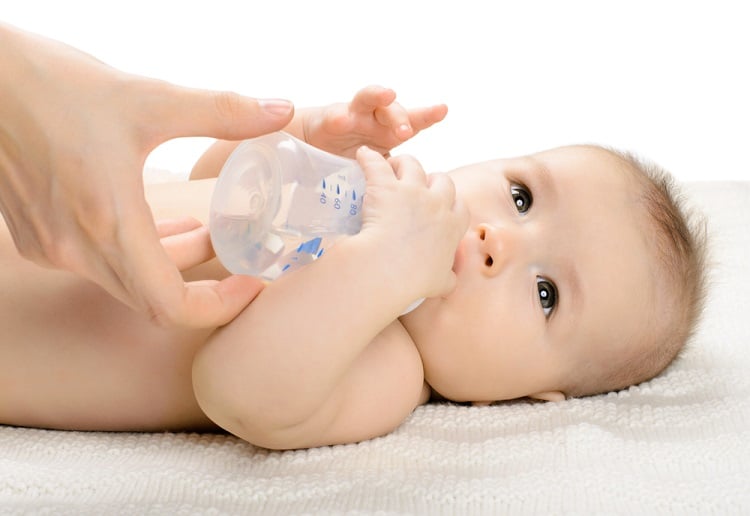

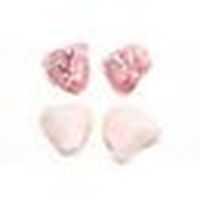
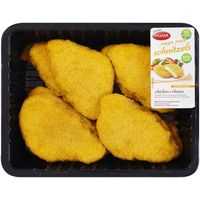
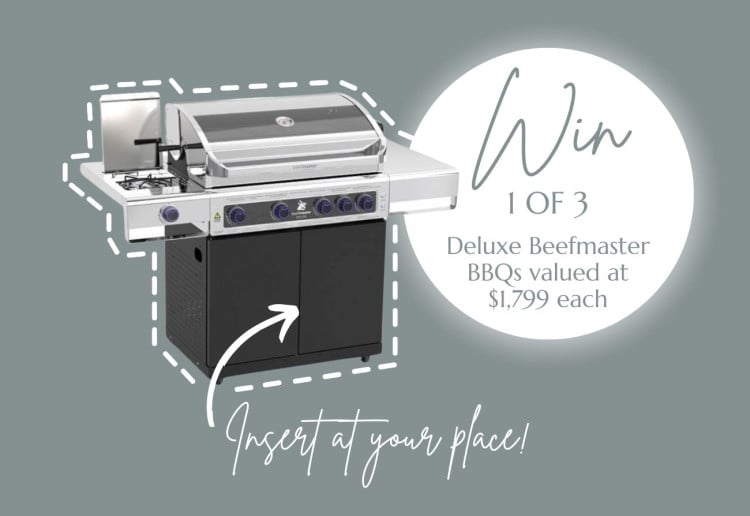
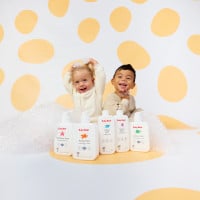
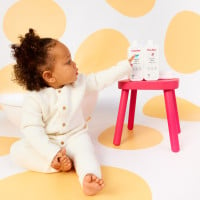



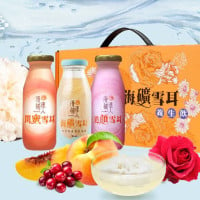
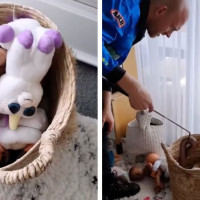
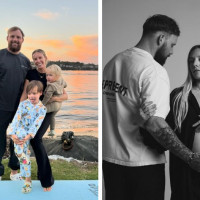
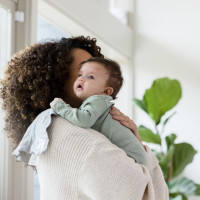






-

-
-
-
mom111059 said
- 30 Jun 2020
Reply
-
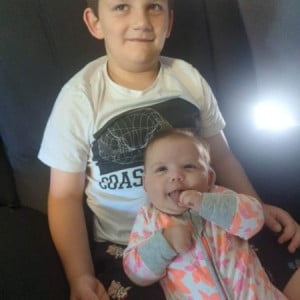
-
-
-
mom462038 said
- 06 Apr 2020
Reply
-

-
-
-
mom81879 said
- 15 Feb 2020
Reply
-

-
-
-
ThisIsMe said
- 16 Jan 2020
Reply
-

-
-
-
mom290396 said
- 23 Dec 2019
Reply
-

-
-
-
mom111059 said
- 28 Nov 2019
Reply
-

-
-
-
Mummyofone77 said
- 22 Nov 2019
Reply
-

-
-
-
mom62624 said
- 29 Oct 2019
Reply
-

-
-
-
mom81879 said
- 24 Oct 2019
Reply
-

-
-
-
Mum2archer said
- 18 Oct 2019
Reply
-

-
-
-
DaffyD said
- 16 Oct 2019
Reply
-
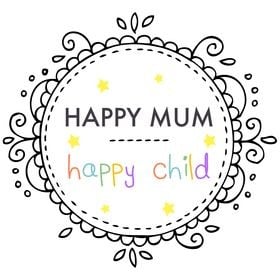
-
-
-
mom330666 said
- 15 Oct 2019
Reply
-

-
-
-
Blossom said
- 08 Oct 2019
Reply
Post a comment2:17 pm
11:20 am
9:34 am
2:04 pm
3:54 pm
6:45 pm
4:55 am
7:47 pm
10:03 am
3:50 pm
10:00 pm
9:17 pm
7:57 pm